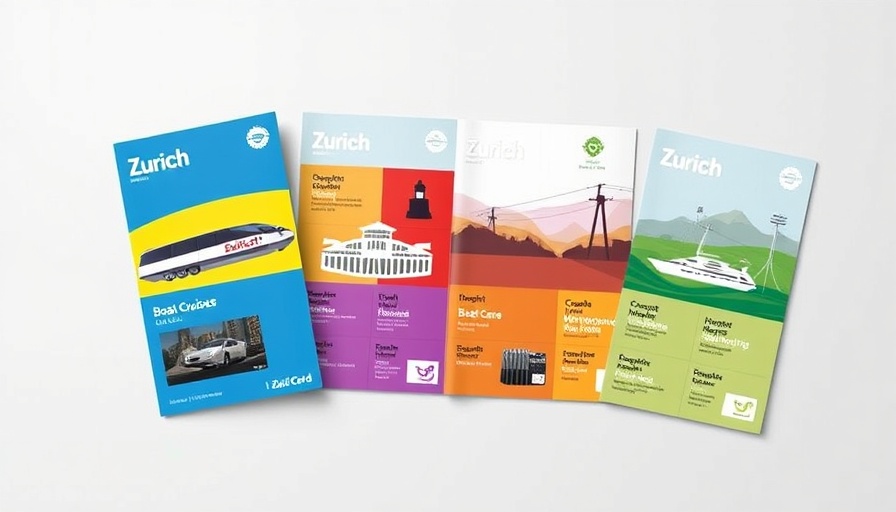
Exploring the Evolution of Zurich Card’s Visual Identity
In an age where travel is not just about destinations but experiences, the Zürich Card has revamped its visual identity, aligning it with contemporary design trends and user flexibility. This change is not merely aesthetic; it’s a strategic move to enhance customer engagement and streamline branding.
The Importance of Flexibility in Branding
The new visual identity of the Zürich Card highlights flexibility, allowing for an adaptable approach that resonates with a diverse range of tourists. This idea of adaptability is particularly relevant for franchisors who must maintain brand consistency across multiple locations while catering to local markets. The flexible branding elements of the Zürich Card can inspire other companies to consider how they present themselves in a globalized world where local nuances matter.
How Visual Identity Influences Customer Experience
A strong visual identity drives customer recognition and loyalty. The Zürich Card's fresh design fosters a sense of familiarity and trust amongst tourists, which is crucial in competitive markets. For franchisors, ensuring that franchisees utilize consistent branding in line with effective visual identity can lead to enhanced customer satisfaction and a cohesive brand experience.
Best Practices For Implementing Brand Visuals
To leverage the insights from Zürich's branding strategy, franchisors should focus on these practical steps: 1. Involve franchisees in the branding process to ensure local relevance; 2. Develop a visual toolkit that franchisees can customize without straying from brand guidelines; and 3. Regularly assess visual branding effectiveness by soliciting feedback from customers.
Key Takeaways for Franchisors
As they reflect on the Zürich Card’s rebranding, franchisors should acknowledge the importance of a flexible, visually appealing identity that resonates with their audience. Staying adaptable while maintaining core brand values can pave the way for growth and performance enhancements across franchise networks.
By adopting these strategies, business leaders can ensure that their brand resonates not just locally but globally, fostering success across all locations.
 Add Row
Add Row  Add
Add 




Write A Comment